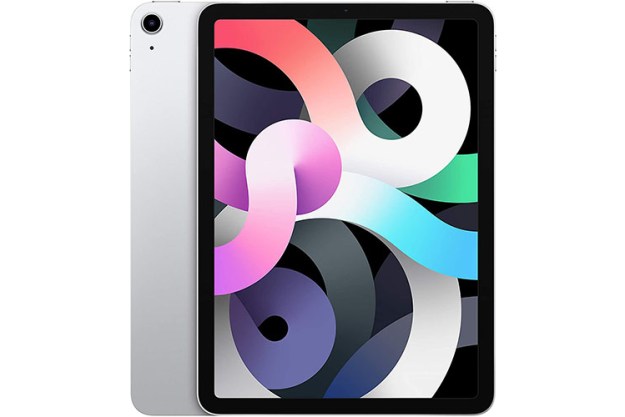In the test, a wide range of DirectX 12 compatible graphics cards were used. The models were as follows: Sapphire Nitro R7 370, MSI Radeon R9 285, XFX Radeon R9 390, Asus Strix R9 390X, Radeon R9 Nano, Asus Strix R9 Fury, Radeon R9 Fury X, Gigabyte GTX 950, MSI GeForce GTX 960, MSI GeForce GTX 970, Gigabyte GTX 980, and Asus Strix GTX 980 Ti. The system also featured a Core i7-5960X processor, 16GB DDR4 RAM, a Kingston SSDNow 310 drive, and of course, Windows 10 for access to DirectX 12. Clearly, this is a high-end system, which is necessary for pushing the visuals.
Some takeaways from the test include a complete lack of shimmer, crawling, and sparkle on any of the objects in the game. This creates a smoother, more realistic-looking world, even though it uses a more whimsical art style and not exactly photorealistic visuals. There’s also not a huge difference in performance between AMD and NVIDIA cards, even though the game supports asynchronous compute shaders, which have been shown to perform better on AMD cards, at least for the time being. At Ultra settings in 4K, the GeForce GTX 980 Ti is the top performer and the only card able to stay at a smooth 30fps.
It’s important to note that Fable Legends isn’t actually at the limit of what can be done with DX 12, as the game was in development before it existed, and it features full support for the older DX 11. Microsoft made a statement on what parts of DX 12 developer Lionhead is using:
“Lionhead Studios has made several additions to the engine to implement advanced visual effects, and has made use of several new DirectX 12 features, such as Async Compute, manual Resource Barrier tracking, and explicit memory management to help the game achieve the best possible performance.”
This means it is only using part of what DirectX 12 can do, and it’s already showing positive results in these early benchmark tests. It will be interesting to see exactly how DirectX 12 games look when developed with the API available from the beginning of the development cycle.
Editors' Recommendations
- AMD is making the CPU more and more obsolete in gaming
- DirectX 12 vs. DirectX 11: which is best for PC gaming?
- Intel drops support for DirectX 9, but it may be a good thing
- Flex your GPU’s power with the best ray tracing PC games
- Ditch DirectX: It’s time to start using Vulkan with PC games


